


安东尼·蒙塔达斯
Antoni Muntadas
Antoni Muntadas is an internationally acclaimed pioneer of media art and conceptual art. Born in 1942 in Barcelona, Muntadas has lived and worked in New York City since 1971, and developed art projects around the world. His projects have been exhibited in prestigious museums such as The Museum of Modern Art in New York, the Berkeley Art Museum in California, the Musée Contemporain de Montreal, the Museo Nacional Centro de Arte Reina Sofía in Madrid, the Museo de Arte Moderno in Buenos Aires, the Museu de Arte Moderna in Rio de Janeiro, MACBA, the Museu d’Art Contemporani de Barcelona, OCAT Shanghai, etc. Muntadas has been selected to participate in international events such as Documenta Kassel (1977, 1997), the 51st Venice Biennial (2005), the 16th and 17th Sao Paulo Biennal (1981, 1983), the Whitney Biennial of American Art (1991), and other international biennales in Lyon, Taipei, Gwangju, Havana, etc.
Muntadas has been the recipient of several international prizes and grants, including those of the John Simon Guggenheim Memorial Foundation, the Rockefeller Foundation, the National Endowment for the Arts, the New York State Council on the Arts, Arts Electronica in Linz, Laser d’Or inLocarno, the Premi Nacional d’Arts Plàstiques awarded by the Catalan Government, the Premio Nacional de Artes Plásticas 2005 and Premio Velázquez de las Artes Plásticas 2009 granted by the Spanish Ministry of Culture. His works has been collected by important museums but also by public and private collections such as Centre Pompidou (Paris), Colección “la Caixa” (Barcelona), DZ Bank AG (Frankfurt), Fundação de Serralves (Porto, Portugal), Fundación Botín (Santander, Spain), Kunsthalle Bremen, Solomon R. Guggenheim Museum (New York), or Tate Modern (London), among others. He has been a Professor at MIT in Cambridge, Massachusetts for more than 30 years. He is currently a Professor at the Instituto Universitario di Architettura del Veneto (IUAV) in Venice.
Muntadas aims to address social, political, and communication issues such as the relationship between public and private space within social frameworks, and investigates channels of information and the ways they may be used to censor or promulgate ideas. Vanguard Gallery is pleased to review Muntadas's works in a total of three posts, allowing the readers to gain a comprehensive understanding of the artist's practice which uses multiple perspectives to observe, think and create. The current post, the II, aims to present Muntadas's works related to the theme of "Media and methods of communication".
On Translation- Warning

Digital print | 70cm x 100 cm | 2013
Since human sensibility is closely related to the senses as far as aesthetic effects are concerned, we can define that our sensibility is not fully developed. Senses such as smell, touch and taste (SUBSENSES) should have the same opportunity for development as the audiovisual senses. The fact that the senses of hearing and sight have been artistically developed (sculpture, painting, music...) does not mean that the SUBSENSES cannot develop and emerge from their state of atrophy. The development of the subsenses can create for us the possibility of a new aesthetic.
Manifesto of Subsenses
Muntadas, April 1971, Barcelona
Sub-sensory Actions
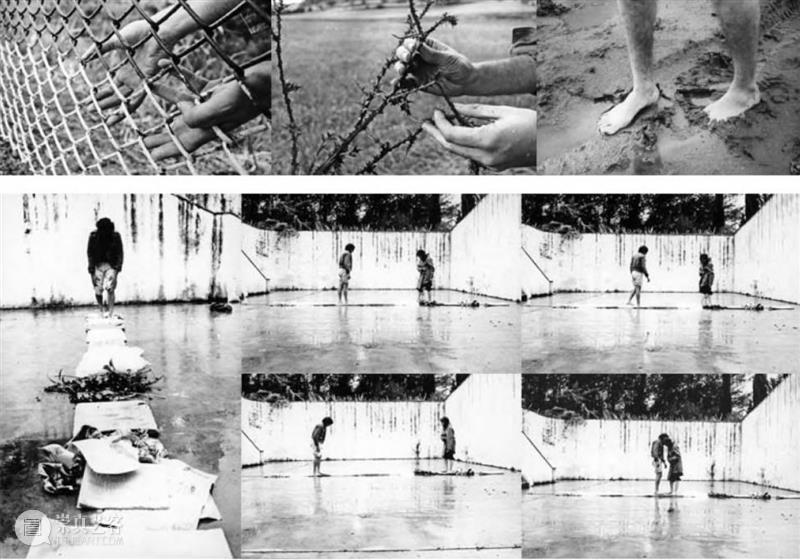
Actions | 1971, Barcelona
Above: sensitization of touch through contact and recognition of different materials (blindfolded); Below: encounter between two people, guided by touch and smell through a path of different materials.
Actions

Video, b/w, sound | 12‘35’‘ | 1972
A series of sub-sensory actions recorded; the above image shows the use of touch to make the vegetable form change.

Look See Perceive
Installation | Desk lamps, cut vinyl graphics, white shelve | 2009
Solo exhibition at Vanguard Gallery (2019); Learn more >
Emission / Reception
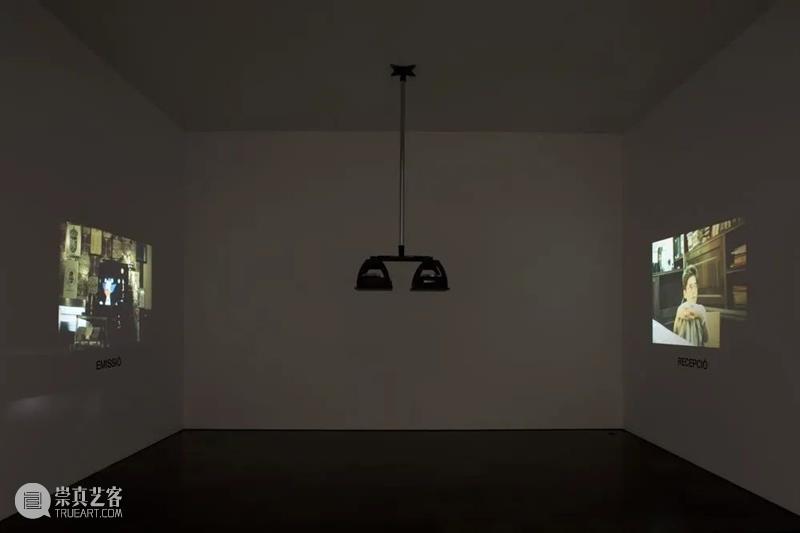
Installation | Dimension varies | 1974
The work consists of two series of slide projections running synchronously across from each other. Shots of people watching TV in bars (public spaces) and houses (private spaces) are shown.
Cross-Cultural Television

Video, color, sound | 35’00‘’ | 1987
Television reflects the global cultural, political and economic spectrum. This is a videotape about Television. It is a fragmented, personal view. It is only one of many ways to explore television. This is a videotape about the cosmetics and packaging of television. It is about editing. It presents the work of an independent chain of editors: the cameraman, the correspondant, the satellite, the videotape editor, the broadcaster, the anchorman, the viewers who recorded this material, the editors of this videotape and you, the viewer.
Art <=> Life

Action documentation | 1973-1974
Words: The Press Conference Room
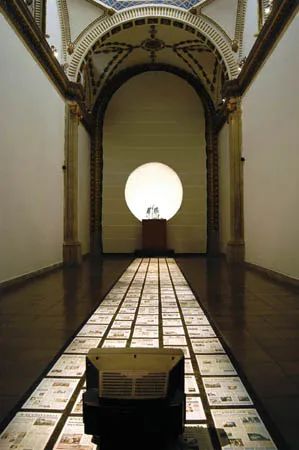
Audiovisual installation | 1991; 1992
The recreation of a press conference room in which a carpeted path—lined with rows of newspaper front pages that seem to have just shot out of a rotary press—is the focal point that brings two key elements face to face: on one side an elevated podium filled with microphones and illuminated by a halo of light directed at an absent leader or spokesperson, and on the other, a constant succession of speakers/political leaders on a television screen.

On Translation: The Negotiation table
Installation | 1998
Circular table of large dimensions composed of twelve modules with legs of different lengths and turning. The table is leveled by stacks of books that act as a wedge to balance it. These stacked copies, whose spines reveal an avalanche of titles and authors' names in different typographies, ironically allude to the struggles within the telecommunications market. The surface of the table is covered with twelve illuminated maps that refer to various representations of the distribution of wealth among countries.
Between the Lines
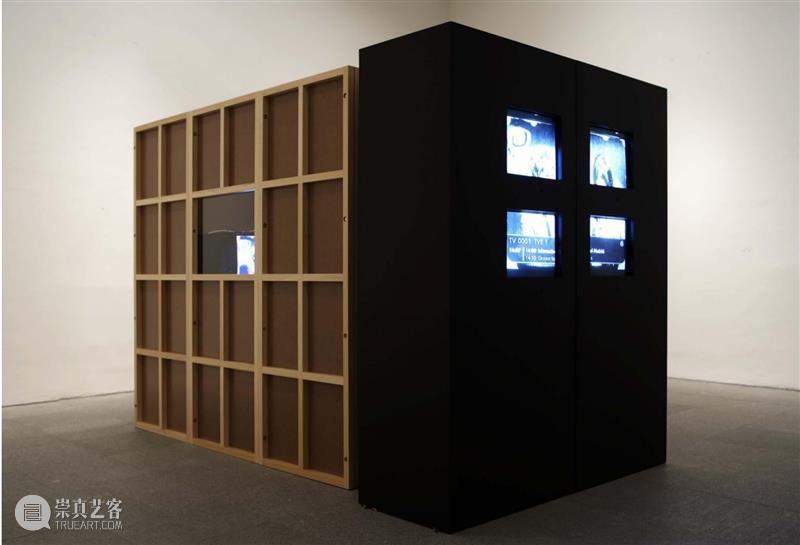
Installation | 220x184x300 cm | 1979
Between the Lines examines the "invisible mechanisms" that control and contextualize media information. Analyzing a news report to demonstrate how facts are mediated by television's limits, Muntadas focuses on the role and responsibility of the reporter — the person between the facts and the audience.
When we say we are 'reading between the lines' we are completing information from the text with our own process of thinking, knowledge, information, subtlety. With television, words and images are experienced together; there is no time to stop and think while we absorb information from a moving image.
Media Sites / Media Monuments
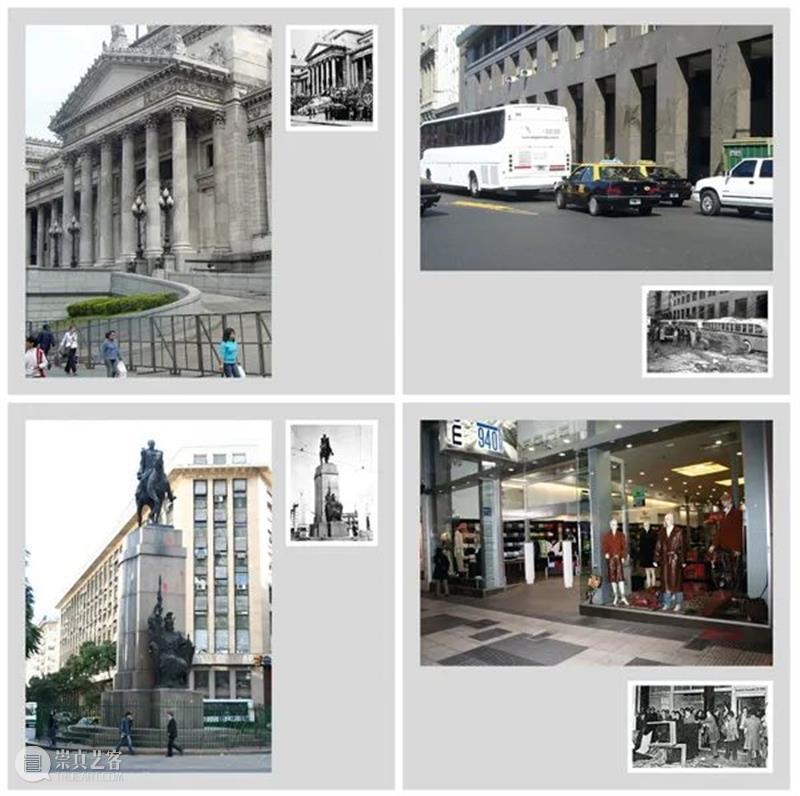
Photography montage | 1982-
Series of photography montages (site-place). The reference to the fact-news (media event), combined with the image of the place itself (media site), establishes the media monuments.
The Limousine Project
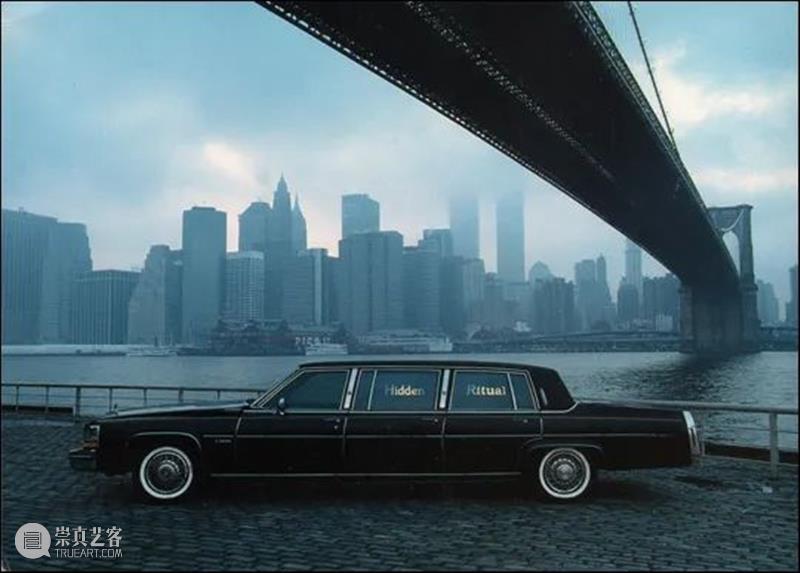
Public intervention documentation, color, sound | 06'30'' | 1990
A moving public installation, carried out inside a limousine that traveled daily through different urban areas of New York, all linked to the financial world and high-class entertainment. From inside the vehicle, on the smoked windows, images, words, and symbols referring to power and luxury were projected outwards.

This is not an Advertisement
Video, color, sound | 05’05‘’ | 1985 | On Times Square billboard, New York
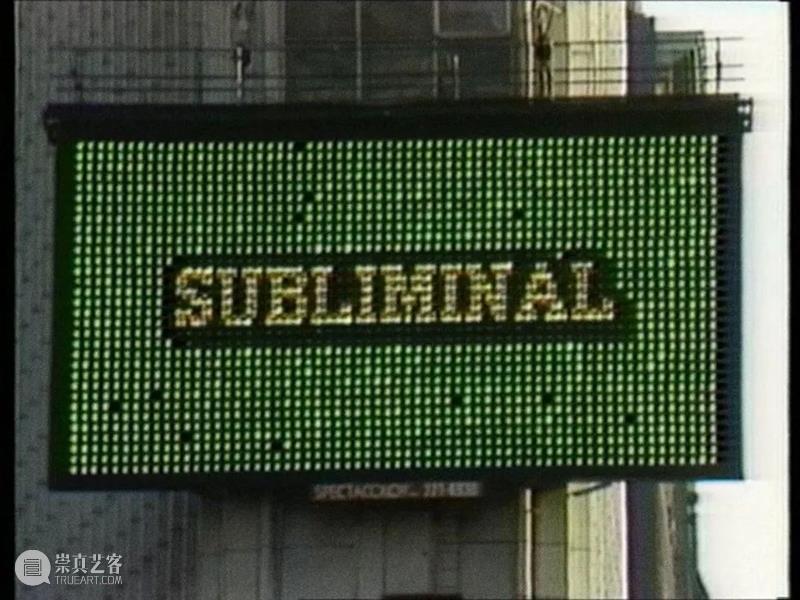
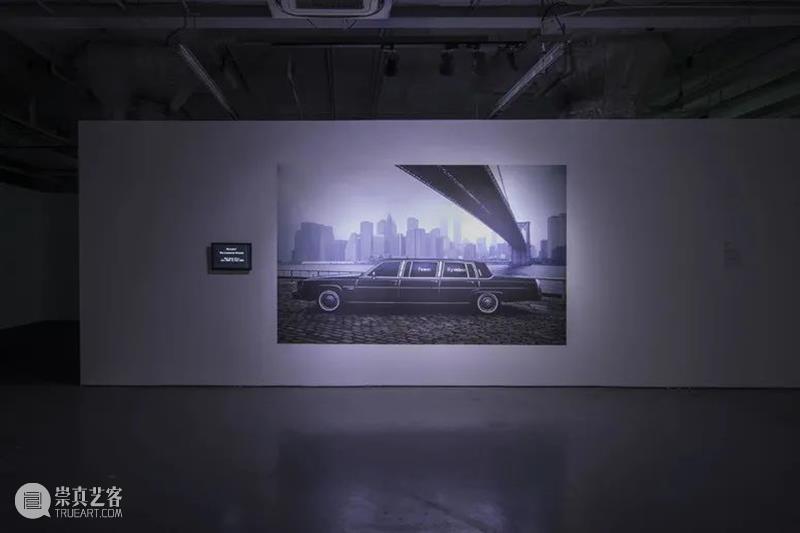
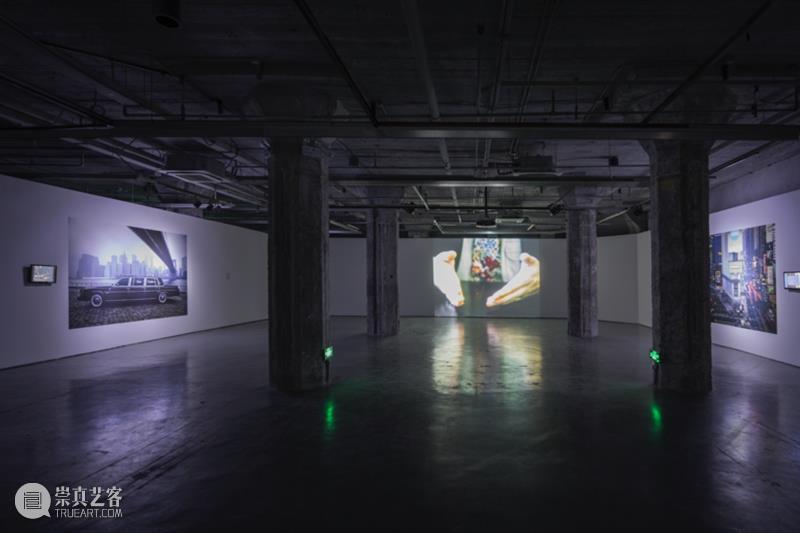
Muntadas Video Works Installation view
Solo exhibition at OCAT Shanghai (2017)
Muntadas works overview - I >>>
Please stay tuned for Muntadas works overview III
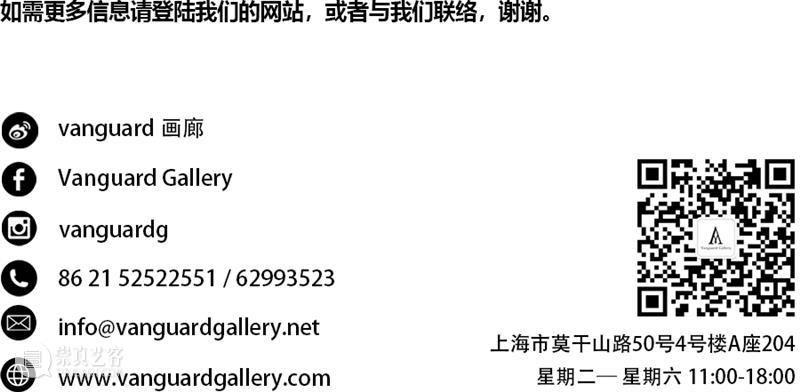


已展示全部
更多功能等你开启...





 分享
分享